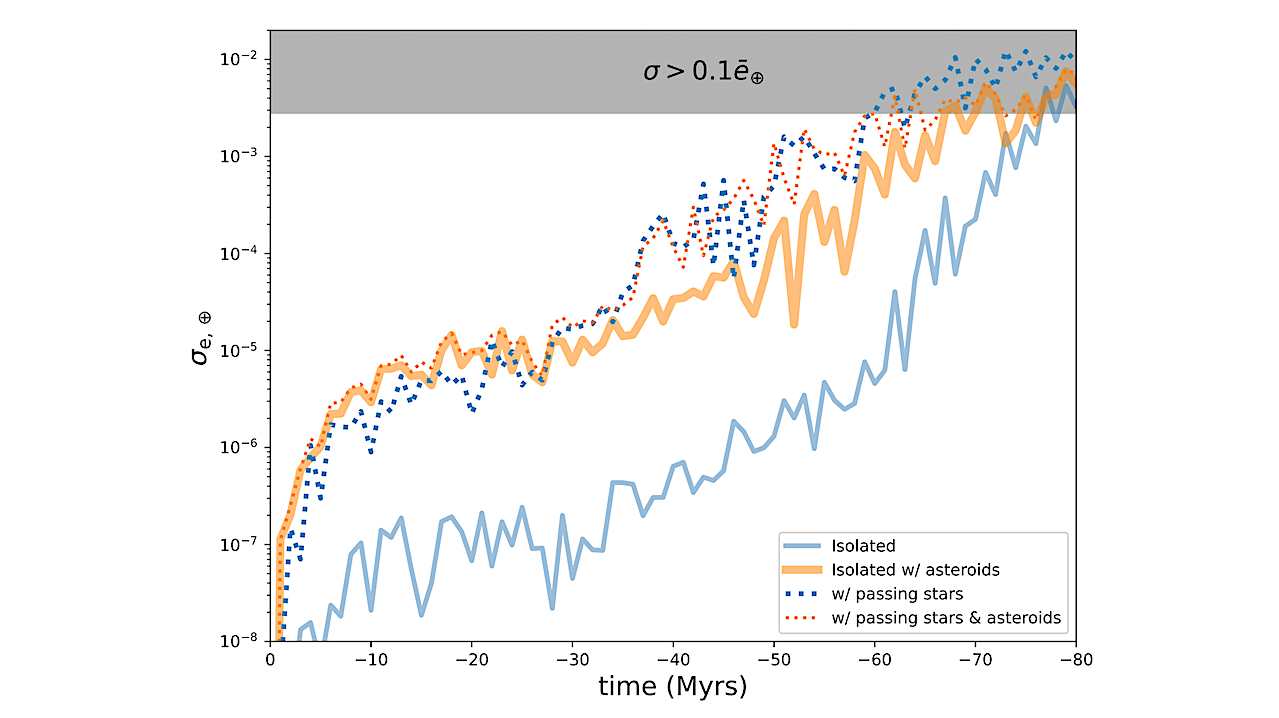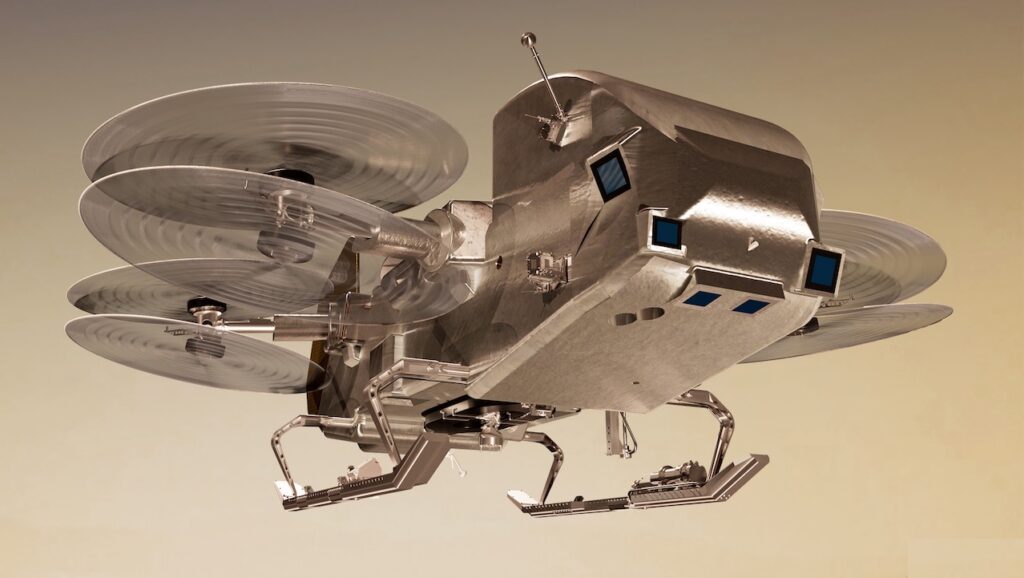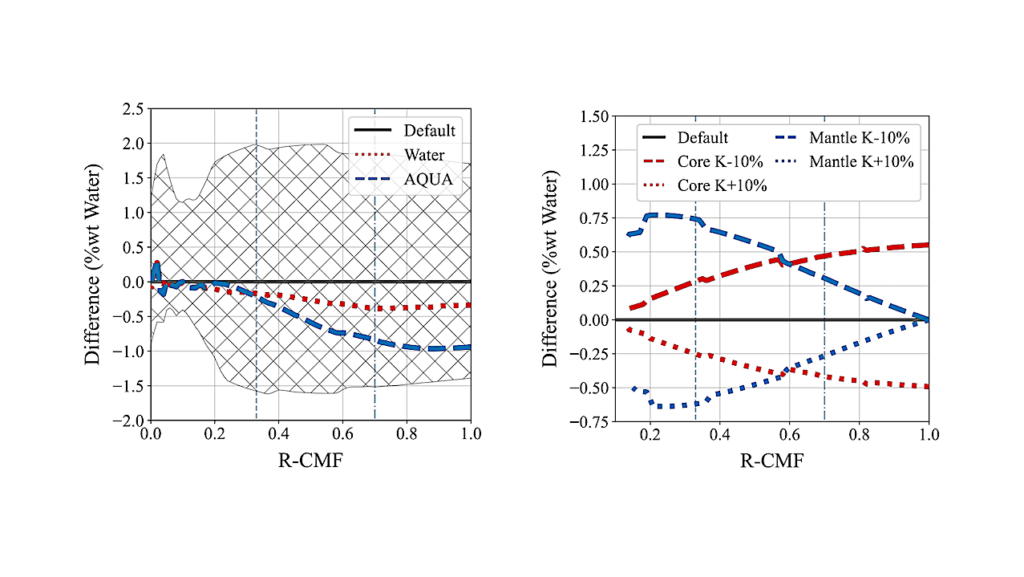Passing Stars As An Important Driver of Paleoclimate And The Solar System’s Orbital Evolution

Reconstructions of the paleoclimate indicate that ancient climatic fluctuations on Earth are often correlated with variations in its orbital elements.
However, the chaos inherent in the solar system’s orbital evolution prevents numerical simulations from confidently predicting Earth’s past orbital evolution beyond 50-100 Myrs. Gravitational interactions among the Sun’s planets and asteroids are believed to set this limiting time horizon, but most prior works approximate the solar system as an isolated system and neglect our surrounding Galaxy.
Here we present simulations that include the Sun’s nearby stellar population, and we find that close-passing field stars alter our entire planetary system’s orbital evolution via their gravitational perturbations on the giant planets. This shortens the timespan over which Earth’s orbital evolution can be definitively known by a further ~10%.
In particular, in simulations that include an exceptionally close passage of the Sun-like star HD 7977 2.8 Myrs ago, new sequences of Earth’s orbital evolution become possible in epochs before ~50 Myrs ago, which includes the Paleocene-Eocene Thermal Maximum. Thus, simulations predicting Earth’s past orbital evolution before ~50 Myrs ago must consider the additional uncertainty from passing stars, which can open new regimes of past orbital evolution not seen in previous modeling efforts.
Nathan A. Kaib, Sean N. Raymond
Comments: Accepted to ApJL; 11 pages, 5 figures
Subjects: Earth and Planetary Astrophysics (astro-ph.EP); Astrophysics of Galaxies (astro-ph.GA); Solar and Stellar Astrophysics (astro-ph.SR)
Cite as: arXiv:2402.08734 [astro-ph.EP] (or arXiv:2402.08734v1 [astro-ph.EP] for this version)
Submission history
From: Nathan Kaib
[v1] Tue, 13 Feb 2024 19:03:30 UTC (718 KB)
https://arxiv.org/abs/2402.08734
Astrobiology








